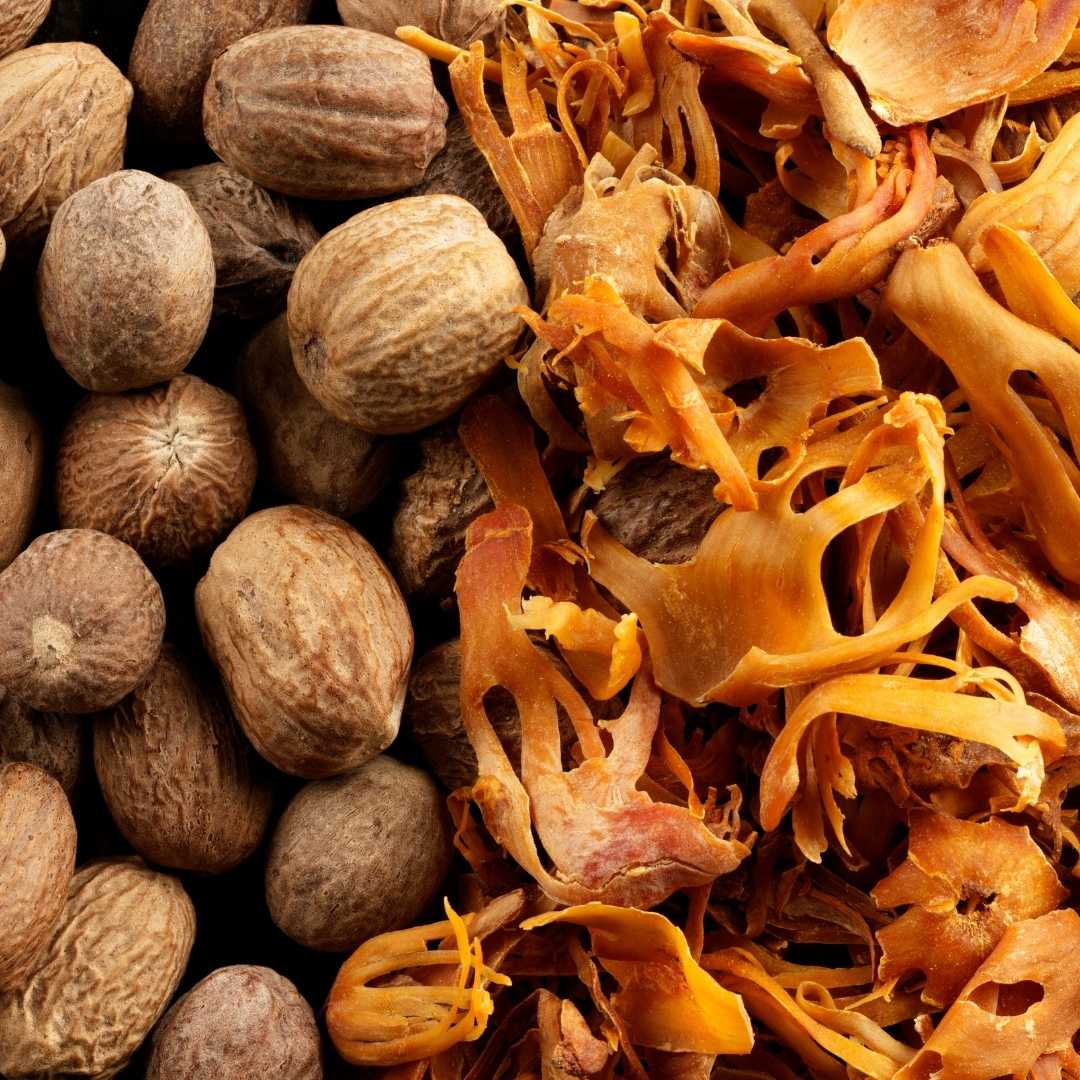
Plants are used to make nutmeg and mace. Nutmeg is the dried shelled seed of the plant Myristica fragrans, whereas mace is the dried net-like covering of the seed's shell. The tree can be found in Indonesia, as well as other tropical areas such as Malaysia and the Caribbean.
Nutmeg is used to treat cavities in children's first teeth, among other things. However, no good scientific evidence exists to support its usage for any condition. Nutmeg is also used to produce a "high."
Nutmeg is used as a spice and flavor in meals as well as it is used in the production of soaps and cosmetics as a scent. Nutmeg oil is produced by distilling worm-eaten nutmeg seeds. The worms remove much of the starch and fat, leaving only the oil-rich sections of the seed.
The nutmeg tree, botanically known as Myristica fragrans, is native to Banda, Indonesia's largest of the Molucca spice islands. Nutmeg is derived from the Latin words nux, which means nut, and muscat, which means musky.
Both nutmeg and mace were discovered as early as the first century A.D., when Roman author Pliny mentions a tree bearing nuts with two flavors. Later, before his coronation, Emperor Henry VI had the streets of Rome nutmegged. Arab merchants brought nutmegs to Constantinople in the sixth century. But it wasn't until the 1600s that nutmeg earned the right to launch wars. To gain control of nutmeg production in the East Indies, the Dutch launched a terrible struggle, including the killing and enslavement of the people of the island of Banda. Later, during discussions over Manhattan, the Dutch traded the island for sovereignty of a British-owned nutmeg-producing island. Until World War II, the Dutch controlled the spice islands.
When in bloom, the nutmeg tree has oblong egg-shaped leaves and small, bell-like light yellow flowers that have a distinct perfume. The fruit is light yellow in color with red and green patterns, similar to an apricot or a giant plum. The outer fleshy covering (which is candied or pickled as a snack in Malaysia) bursts to reveal the seed as the fruit grows. The seed is surrounded by crimson membranes known as arils, which are the mace portion of the nutmeg. After that, the seed is dried for up to two months, until the inner nut rattles inside the shell. The shell is then peeled to reveal the precious edible nutmeg in the shape of an egg. (The oil is extracted from second-rate nuts and used in perfumes and the food industry.)
You may be asking why a spice we use to season a Christmas beverage would make such a commotion. Nutmeg, it turns out, was popular among the wealthy as a hallucinogenic; the intoxicating spice could make you feel like you were soaring. It was also prized for its medicinal and culinary properties.
Half a kilogram of nutmeg cost the same as three sheep or a cow in the 14th century. In 1760, the price of nutmeg in London was 85 to 90 shillings per pound, a price artificially kept high by the Dutch burning full warehouses of nutmegs in Amsterdam.
Nutmeg and mace are spices that are related! Mace and nutmeg are both produced from the nutmeg tree, which is endemic to the Caribbean and the Banda Islands. Nutmeg is the pit of the nutmeg tree's fruit, and mace is the covering over the fruit's seeds.
While mace and nutmeg are both derived from the same tree, they are two completely different spices. For one thing, nutmeg is much less expensive than mace. This is primarily owing to the scarcity of pits compared fruit arils. Because nutmeg is so widely available, recipes often call for it instead of mace. Furthermore, mace has a hotter, more powerful flavor than nutmeg—in fact, mace tastes a lot like black pepper.
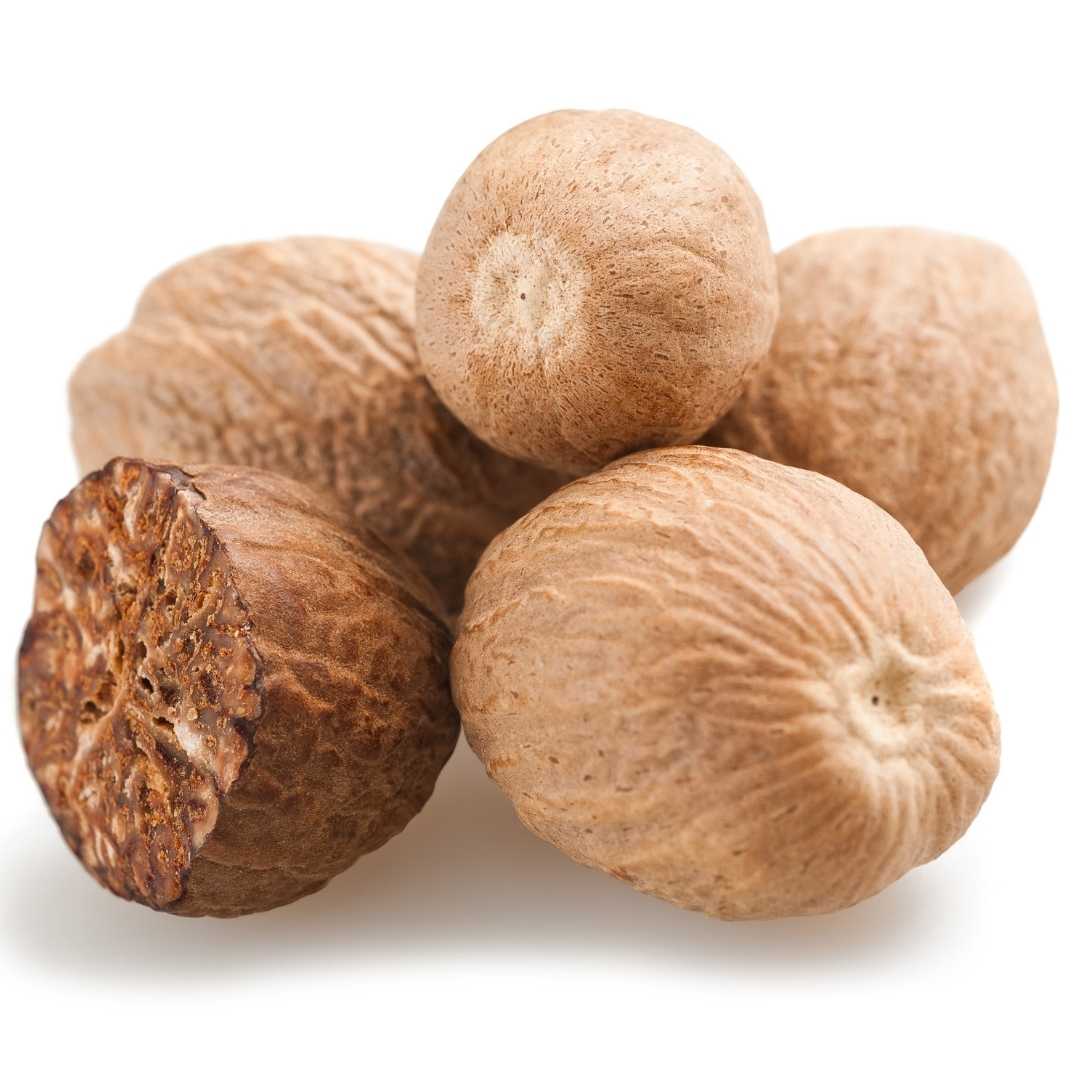
Nutmeg, like many spices, has a number of health benefits. Nutmeg can be used to reduce pain and ease indigestion. Nutmeg can also assist to clear your mind and purify your organs and skin. The spice is also reported to aid in the treatment of oral problems, the reduction of sleeplessness, and the prevention of leukemia.
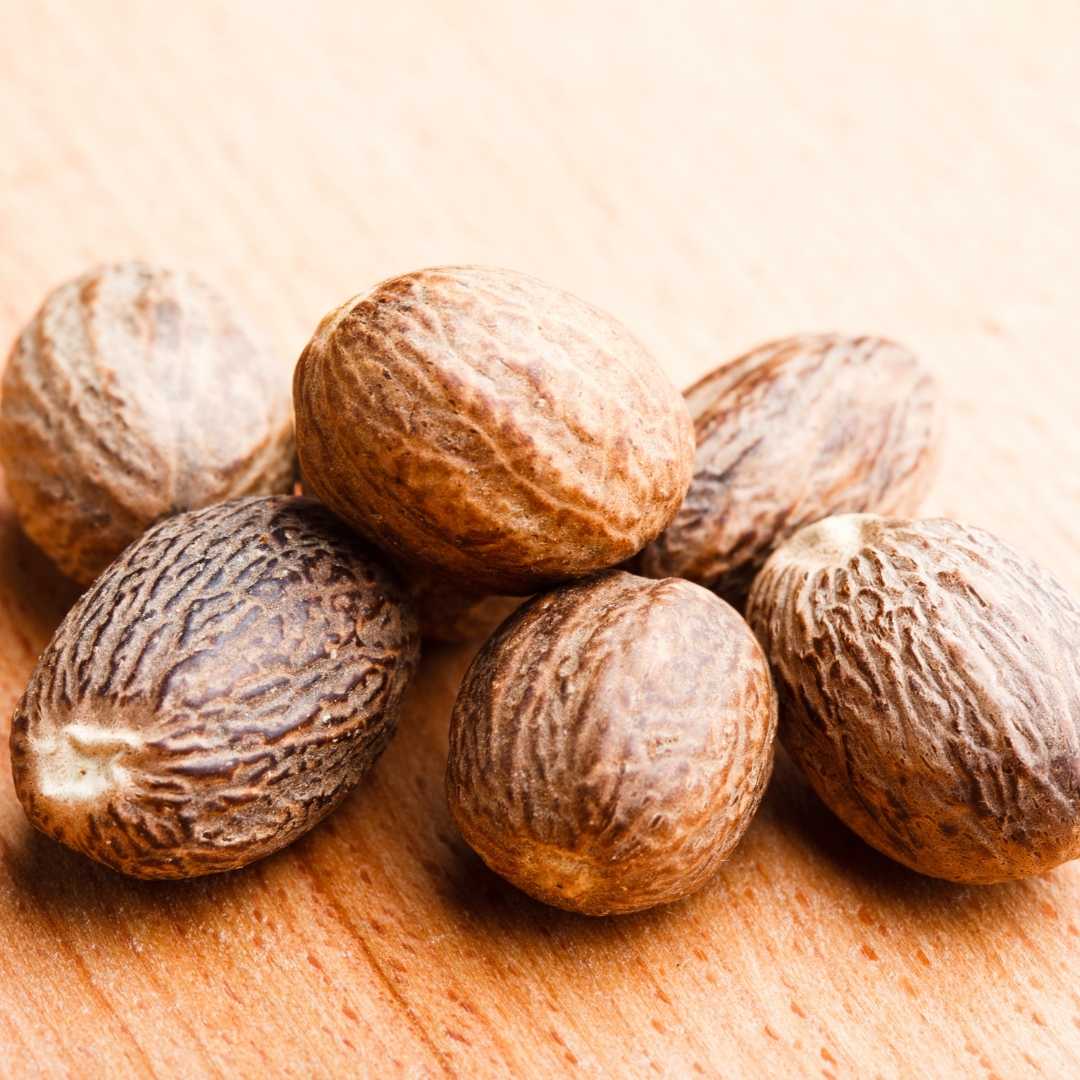
Another typical baking spice that can be found in doughnuts, cakes, and cookies is mace. Mace, like nutmeg, can be used in savory meals such as eggs, sausage, stuffing, or veal. Though not identical, mace complements the same spices as nutmeg. Mace also has a number of health benefits. Cooking with a mace can help improve digestion, relieve stress, increase blood flow, and protect your kidneys. Mace can also help relieve cold and flu symptoms if you're feeling under the weather.
Amchur Restaurant & Bar is one of the popular Indian restaurants which provides not only Indian cuisines but also Nepalese and Oriental cuisines with a contemporary approach which are not only healthy but also immensely delicious to the customers who have visited and dined at the restaurant. Amchur Restaurant & Bar provides dine-in service along with takeaway and delivery service. If you like to try out the takeaway or delivery you can place an order by clicking here. You can also reserve a table for your family or friends by clicking here.
-
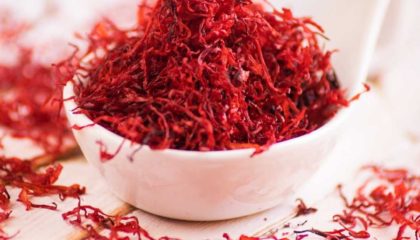 Read more +
August 1, 2022 By Amchur Restaurant in Spices
Read more +
August 1, 2022 By Amchur Restaurant in Spices
What is Saffron and its benefits?
-
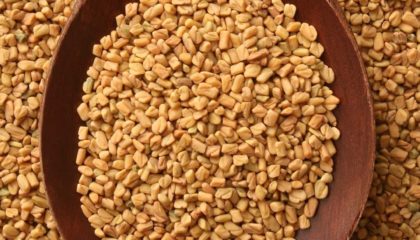 Read more +
July 25, 2022 By Amchur Restaurant in Spices
Read more +
July 25, 2022 By Amchur Restaurant in Spices
What are Fenugreek and its benefits?
-
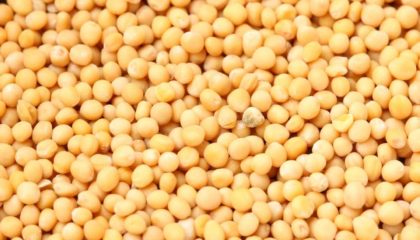 Read more +
July 21, 2022 By Amchur Restaurant in Spices
Read more +
July 21, 2022 By Amchur Restaurant in Spices
What are Mustard seeds and their benefits?
-
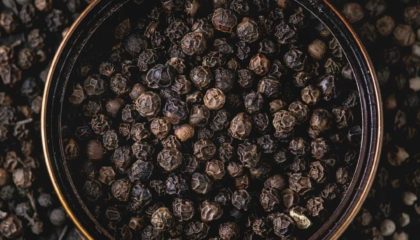 Read more +
July 14, 2022 By Amchur Restaurant in Spices
Read more +
July 14, 2022 By Amchur Restaurant in Spices
What are black pepper and its benefits?
-
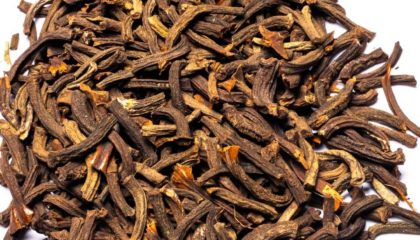 Read more +
July 11, 2022 By Amchur Restaurant in Spices
Read more +
July 11, 2022 By Amchur Restaurant in Spices
What are Cassia bark and its benefits?
-
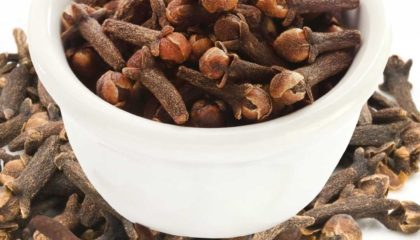 Read more +
July 7, 2022 By Amchur Restaurant in Spices
Read more +
July 7, 2022 By Amchur Restaurant in Spices
What are Clove and its benefits?
-
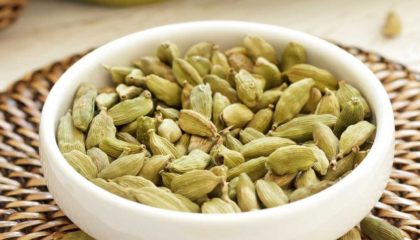 Read more +
July 4, 2022 By Amchur Restaurant in Spices
Read more +
July 4, 2022 By Amchur Restaurant in Spices
What are Cardamom and its benefits?
-
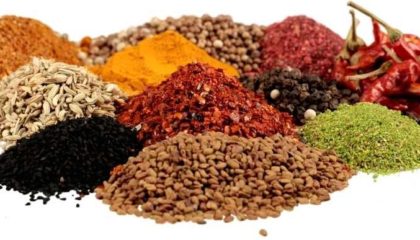 Read more +
June 30, 2022 By Amchur Restaurant in Spices
Read more +
June 30, 2022 By Amchur Restaurant in Spices
Essential Spices Used in Indian Restaurants
-
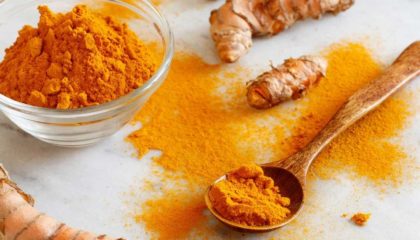 Read more +
June 27, 2022 By Amchur Restaurant in Spices
Read more +
June 27, 2022 By Amchur Restaurant in Spices
What is Turmeric and its benefits?
-
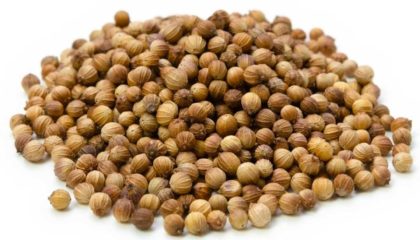 Read more +
June 24, 2022 By Amchur Restaurant in Spices
Read more +
June 24, 2022 By Amchur Restaurant in Spices
What Is Coriander and its benefits?

You must be logged in to post a comment.